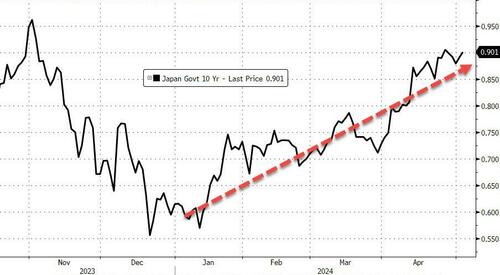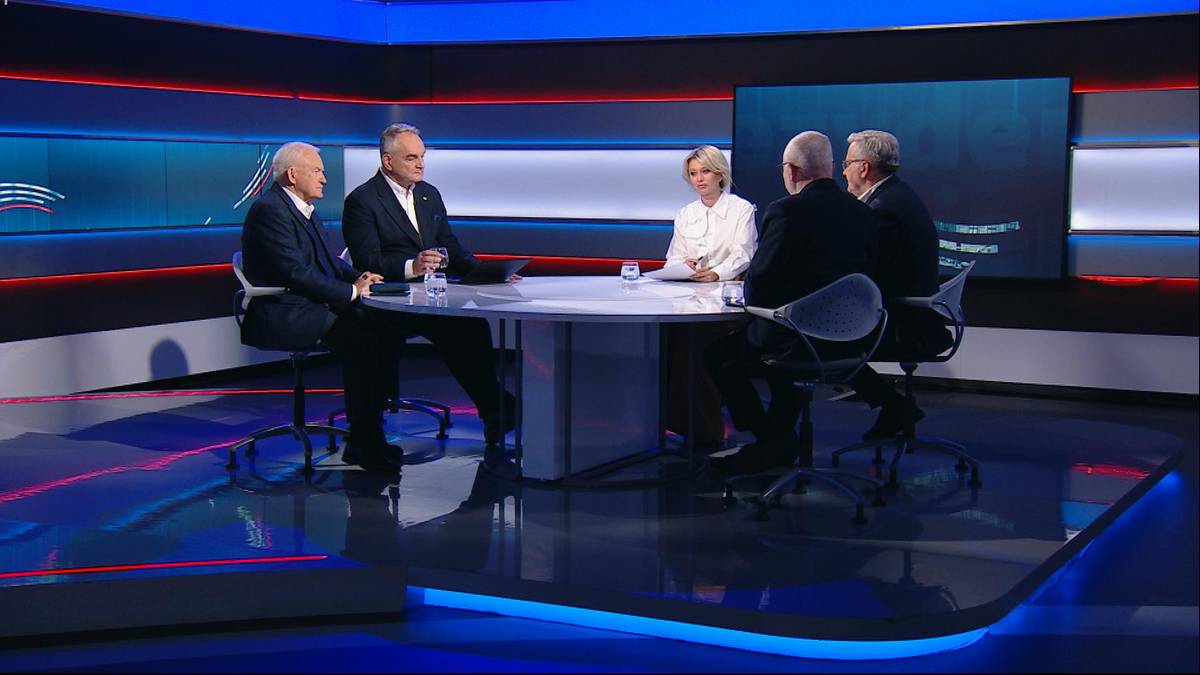
„Safe Haven” Yen Trending Towards Zero Against Gold
Via SchiffGold.com,
The yen was once known as a safe-haven currency for investors to protect themselves when broader markets are shaky or other currencies are dropping, but those days are numbered. A stable government and consistent (and low) interest rates have been some of the driving factors, but it’s the unwinding of that ultra-low interest rate policy that will be the yen’s “safe haven” undoing as gold retains its protective characteristics and rockets upward.

Both gold and yen have benefitted from investors looking to park their cash somewhere safe during times of high risk. But ZIRP policy in Japan has gone on for so long, that the economy can’t handle even modest upticks in the price of borrowing without triggering chaos. As seen below, the yen is currently in a freefall against gold as it hemorrhages purchasing power:
Gold’s Rise Against the Yen

Source: Bloomberg
If this is what happens with 0-0.1% interest rates, imagine what would happen if they ticked up to even a modest 1%, much less the drastically higher rates that would be set by the free market if a central bank wasn’t pulling the levers.
And despite once being known as correlated with gold, since Japan began ticking interest rates up, the divergence between the two alleged “safe havens” has been decisive and dramatic:
#Gold Price in Japanese Yen vs Yen/USDollar Since 1970 (Apr. 23, 2024) – via https://t.co/NjtSzxxNhA pic.twitter.com/7SkCZ6wqM3
— Dan Popescu (@PopescuCo) April 24, 2024
Now at a 34-year low, the rumors are swirling that the Bank of Japan may intervene to prop up the yen. Stuck between a rock and a hard place, they’ll have to keep letting bond yields increase to attract foreign investment, which puts upward pressure on EU and US bonds as well. And even as it currently stands, neither the European Central Bank nor the Fed can afford their interest payments without borrowing even more money.
Since the start of the year, yields on 10-year Japanese bonds have kept going up.
Japan Government Bonds: 10-Year Yields in 2024

Source: Bloomberg
Japan is also the largest holder of U.S. Treasury securities, to the tune of over $1 trillion, and may be forced to start selling its holdings to keep the yen from totally imploding. If Japan dumps Treasurys to save the yen, yields will tick higher and incentivize the yen carry trade. It won’t save Japan’s collapsing currency. And with high inflation that global central banks won’t be able to reign in, nothing will stop gold’s continuing upward trend against fiat money.
Of course, the US will do everything in its power to stop Japan from offloading US Treasurys — including firing up a new round of QE. With the Bank of Japan trapped, the only “solutions” they have, and the only responses foreign central banks can take, all lead to vicious cycles that will rip through the system and crush the global economy.
The collapsing yen is a set-up for a bond collapse doom-loop to finally begin in earnest. In the US, since the Fed would rather further devalue the dollar than have to raise interest rates enough to stimulate saving over borrowing, inflation has nowhere to go but up. Central banks in Japan and the US are both trapped, partially by themselves and partially by one another.
Rather than let Treasury yields go too high, the Fed would rather start printing money even as it acknowledges that inflation is far from under control. As Peter Schiff said in his recent interview with Anthony Crudele:
“…rather than a winning inflation fight that would cause a severe financial crisis and force the US government to default on its debts and cut spending, the Fed is going to monetize debt…to prevent those political choices from having to be made.”
The yen is beyond saving, and gold will outperform it even if the BoJ manages to narrow the gap in the shorter term. But both the yen and USD will be left in the dust as they ultimately trend toward zero in the long term relative to the yellow metal.
Tyler Durden
Thu, 05/02/2024 – 10:15

















